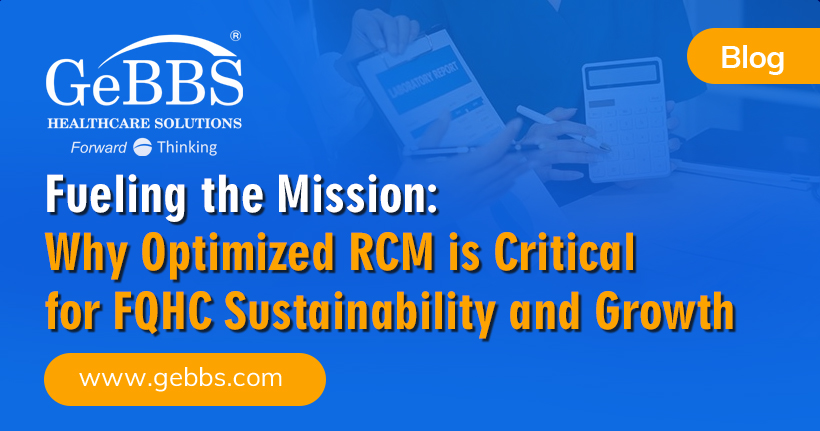As Medicare Advantage (MA) plan options have expanded, the number of insurers wading into MA’s often murky waters is likewise growing. This shift to value-based care from fee-for-service care that drives Medicare Advantage, in which more money is paid to beneficiaries expected to have higher medical costs, is intended to promote equity. But it has also been accompanied by increased scrutiny on payer risk adjustment practices and risk adjustment compliance.
The federal government is carefully evaluating insurer risk adjustment operations to verify that valid clinical diagnoses support increased payments. MA’s enrollment has grown steadily over the past decade-plus and today counts more than 28 million beneficiaries covered by 39 MA plan options through private insurers.
The increases in enrollment and plan offerings have come with new regulatory standards in constant flux and have given way to myriad opportunities for coding errors and other data inconsistencies. Meanwhile, some unscrupulous payers have attempted to take advantage of the challenges surrounding Medicare Advantage risk adjustment.
A 2021 Office of Inspector General report from the U.S. Department of Health and Human Services detailed concerns about MA risk adjustment activities by insurers. The report found that 20 MA payers inappropriately used chart reviews and health risk assessments to disproportionately raise their payments.
This investigation, coupled with widening MA enrollment and broadening insurer participation, has increased the government’s focus on Medicare Advantage payers. Health plans that engage with MA must be diligent about risk adjustment to ensure conformity and maintain their financial success.
Following are five key steps insurers can take to achieve and sustain risk adjustment compliance:
1. Devote Resources to Risk Adjustment Regulatory Changes
The American Journal of Managed Care (AJMC) recently highlighted critical steps health plans can take to ensure risk adjustment compliance. Foremost among the recommendations was the dedication of resources to keeping up with regulatory updates that affect risk adjustment.
Some insurers may approach this internally, while others may turn to a third-party partner specializing in healthcare and payer risk adjustment. As the AJMC article notes, working with the right external risk adjustment partner has several advantages, including a strict focus on compliance as well as knowledgeable and objective support for the interpretation of new regulatory changes and the efficient application of necessary updates across the payer’s platform.
The benefits of working with a partner specializing in healthcare and payer risk adjustment aren’t limited to compliance. An elite risk adjustment partner should keep plans current with evolving regulations while offering the expertise to identify documentation and coding gaps and help maximize financial performance.
2. Amplify Code Capture Capabilities
The risk adjustment process hinges on diagnosis codes, which are swelling in number and are regularly revised.
This poses a challenge to healthcare providers and payers attempting to attain consistency and compliance. Insurers who handle risk adjustment internally often base their policies on current guidelines and must then adjust them on the fly when the Centers for Medicare and Medicaid Services (CMS) issues new or updated regulations.
A risk adjustment partner backed by the power of an AI-enhanced platform can help payers arrive at precise risk adjustment factor (RAF) scores through accurate hierarchical condition category (HCC) coding and effective documentation management. In conjunction with skilled coders certified by the American Academy of Professional Coders (AAPC) or the American Health Information Management Association (AHIMA), this technology can help capture or suggest the deletion of diagnostic codes and conduct data validation audits to support accurate and compliant RAF scores.
3. Augment Chart Retrieval and Review
Timely, accurate and cost-effective chart acquisition is another risk adjustment segment that can be strengthened by technology. Risk adjustment platforms that employ AI and natural language processing (NLP) enable providers and payers to securely transmit charts, track status and monitor payment processing.
Chart data should be searchable by beneficiary, provider, diagnosis code or keyword. Payers should further be able to prioritize actions related to chart retrieval and chart review.
The ability to receive original medical records through the interoperability of an electronic health information exchange (HIE) is of particular importance for care coordination and follow-up with a primary care physician so the physician can manage chronic conditions. For example, if a patient goes out of network to see a specialist for a condition, HIE facilitates the sharing and updating of the patient’s record.
A comprehensive, technology-fueled risk adjustment platform should provide tools that help payers identify charts that warrant a review based on incomplete or inconsistent data. A viable platform should also improve chart acquisition efficiency and reduce chart retrieval costs through automation.
4. Engage in Education and Alignment
Effective, compliant risk adjustment requires multiple stakeholders to be up-to-date and aligned with the latest regulations. And while regulatory changes related to MA risk adjustment often revolve around HCC codes and corresponding documentation, not all compliance issues are related to progressing coding standards.
In recent years, retrospective chart reviews have become an enforcement target. When conducting post-treatment medical record reviews, the documentation must be thorough, accurate and consistent with the most recent regulations.
And despite legal challenges from insurers, the CMS’s so-called “Overpayment Rule” remains in effect. Medicare Advantage payers who identify overpayment are obligated to return the overpayment to the CMS within 60 days; payers who are targeted for an audit and don’t have auditing workflow software tools capable of prompt review and corrections to re-submit to the CMS may want to consider a new risk adjustment partnership.
A risk adjustment partner that employs state-of-the-art health information technology can help ensure compliance in these and other areas. Such a partner can also provide ongoing education and support to help payers minimize errors, stay abreast of regulatory changes and prepare for audits while assisting them in maintaining a healthy revenue cycle.
5. Consider a Partnership with GeBBS Healthcare Solutions
GeBBS Healthcare Solutions is a leader in risk adjustment services for providers and payers.
GeBBS’ acclaimed risk adjustment platform is a comprehensive solution built for today’s needs and adaptable to the demands of tomorrow. With integrated AI and NLP technology, GeBBS’ risk adjustment services span HCC coding, chart retrieval, Healthcare Effectiveness Data and Information Set (HEDIS) abstraction and real-time analytics reporting.
GeBBS is committed to payer partner success, and its compliance-focused risk adjustment solution is scalable to meet insurers’ evolving needs while reducing costs and increasing efficiency. GeBBS’ proprietary iCode risk adjustment software helps payers conduct risk adjustment and HEDIS processes through a straightforward interface that provides dynamic, actionable data.
GeBBS’ internal case studies indicate that its risk adjustment solution can generate a 50-percent reduction in in-house technology costs while improving the accuracy of data capture — including the precision of RAF scores — and increasing reimbursements based on RAF calculations. GeBBS further supports its partner goals with an accomplished team that includes certified medical coding professionals, audit experts, electronic medical record (EMR) specialists and IT authorities.
GeBBS has been named as a Leader by Everest Group’s Revenue Cycle Management Operations, one of Black Book Market Research’s Top 20 RCM Outstanding Services, one of Inc. 5000’s Fastest-Growing Private Companies in the United States, one of Market Research’s Top 20 RCM Outstanding Services and one of Modern Healthcare’s Top 10 Largest Revenue Cycle Management Firms. Connect with GeBBS today at gebbs.com to schedule a demonstration and learn how GeBBS Healthcare Solutions can help optimize your risk adjustment practices.






